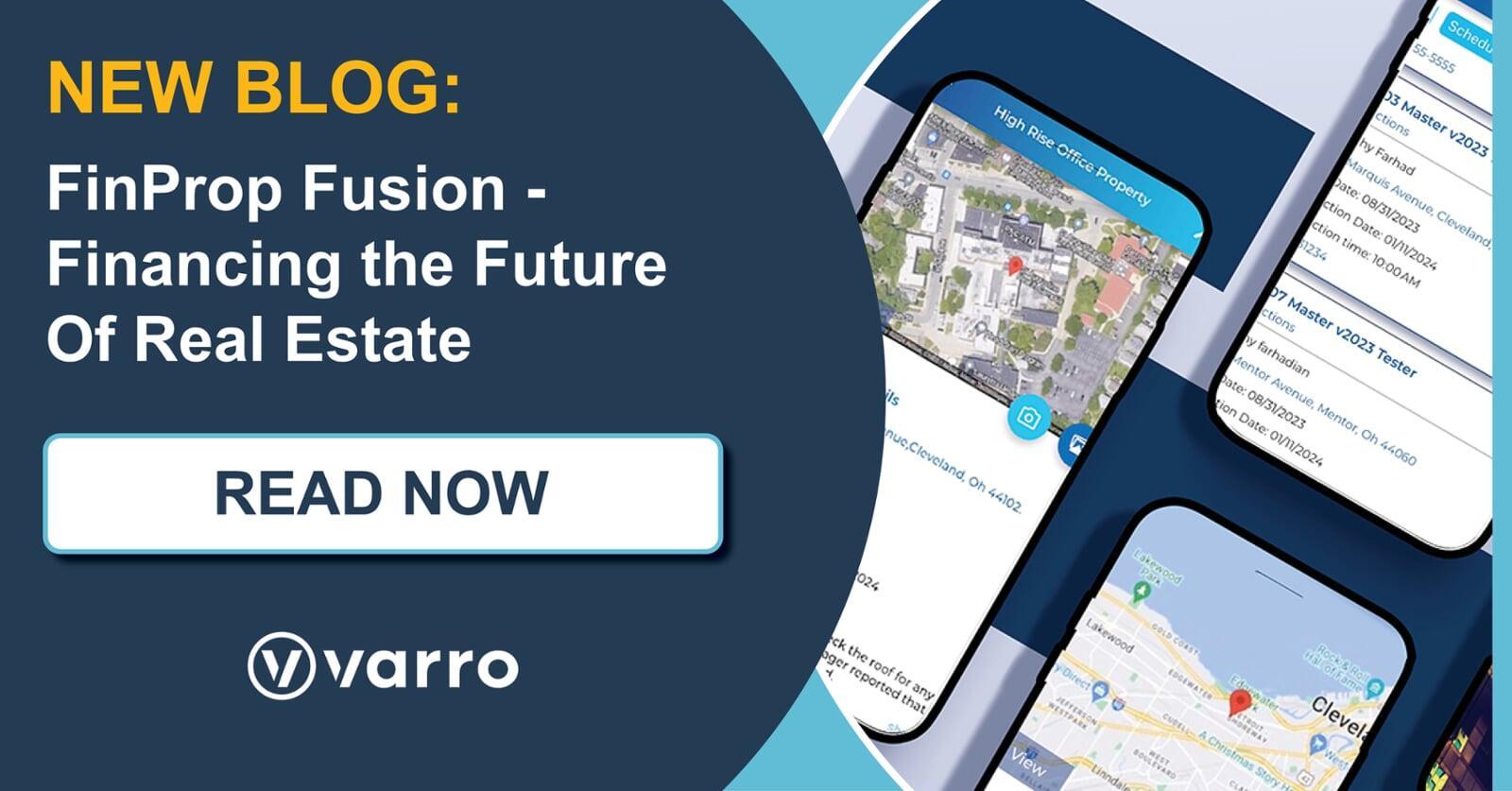FinProp Fusion: Financing the Future of Real Estate
Where PropTech and FinTech Converge
Over the past decade, loan servicing—particularly the property inspection component—has shifted from manual, paper-driven processes to highly automated, data-rich ecosystems. This evolution reflects broader PropTech trends and a relentless focus on speed, accuracy, and transparency for servicers, borrowers, and investors alike.
The benefit? Mitigate risk. Eliminate redundancy. Enhance accuracy. Keep everything in one centralized place.
To see where we’re going, let’s look at we’re we’ve been over the past 10-years:
Early Years (2015–2017): From Paper Checklists to Basic Digital Tools
In 2015, many servicers still relied on paper checklists and standalone spreadsheets to document field inspections, resulting in data‐entry errors and delayed reporting. That same year, ISGN’s LoanMomentum™ platform introduced electronic transmission of field transactions—photos, notes, and GPS coordinates—marking one of the first steps toward digitization of inspection workflows
Mid-Era (2018–2020): Mobile Apps, Cloud Platforms, and Mixed Reality
By 2018, smartphone adoption among inspectors was nearly universal, and cloud-based platforms emerged to centralize inspection data. Mobile apps allowed on-site photo capture, automated form population, and instant submission to servicer portals. Meanwhile, particularly with the onset of COVID, a glaring demand demonstrated potential for mixed-reality systems—wearable holographic headsets that overlay defect analytics during bridge and property assessments—aiming to further accelerate and enrich field inspections.
Late-Era (2021–2023): Integration, AI, and Predictive Insights
Between 2021 and 2023, per McKinsey & Company, PropTech vendors began integrating inspection modules directly into loan servicing platforms, unifying workflows from origination to default management. Artificial intelligence and machine learning models started auto-flagging anomalies—such as unrepaired property damage or nonstandard valuations—by analyzing thousands of historical inspection reports. A 2024 study on structured finance reviews found that multi-agent AI frameworks could automate verification of loan-to-value ratios and loan document consistency, reducing manual errors by over 30%
Emerging Technologies (2023–2025): IoT, Drones, and Digital Twins
Most recently, servicers have begun piloting Internet of Things (IoT) sensors embedded in loan-collateral assets—collecting continuous environmental data on occupancy, maintenance needs, or structural shifts. Drone-based inspections supplement human inspectors, delivering high-resolution imagery for large or hard-to-access properties within minutes rather than days. Meanwhile, digital twin models replicate properties in virtual environments, enabling remote walkthroughs and scenario testing (e.g., projecting the impact of deferred maintenance on asset value). These tools promise more proactive risk mitigation and regulatory compliance.
The last ten years have transformed loan inspection services from fragmented, manual workflows into interconnected, intelligent ecosystems. By embracing mobile platforms, cloud integration, AI automation, and emerging IoT and drone technologies, servicers can not only streamline operations but also gain predictive insights that strengthen risk management and borrower satisfaction. As these tools continue to converge, the future of loan servicing will be defined by its ability to anticipate issues before they arise—and to deliver real-time transparency at every step.
Interested in how Varro can help you join the tech revolution? Schedule a demo with our team today.

New Blog Available Now
FinProp Fusion:
Where PropTech and FinTech Converge

